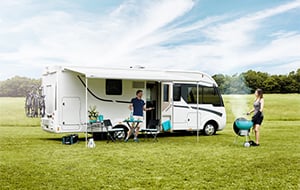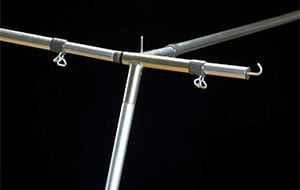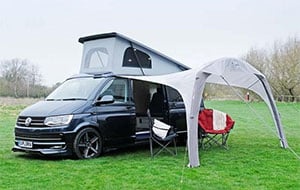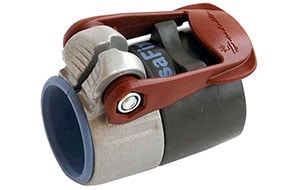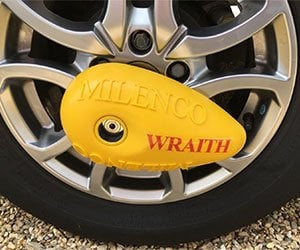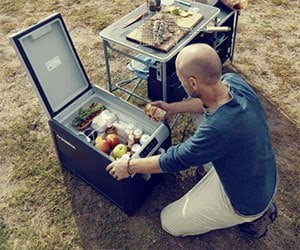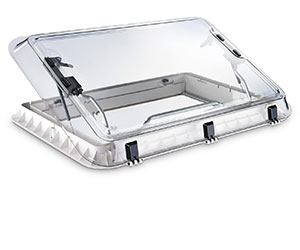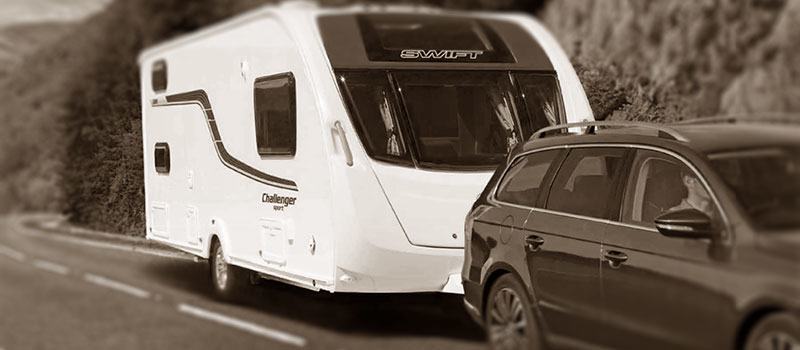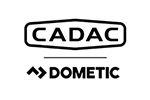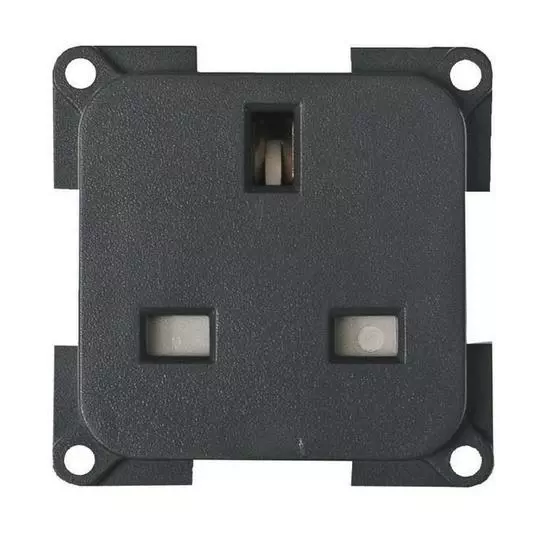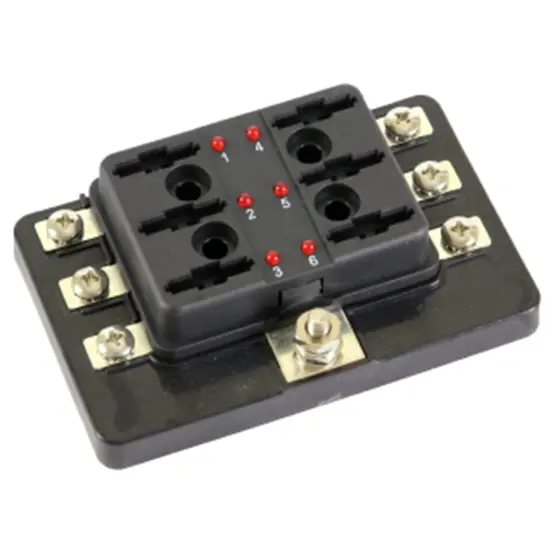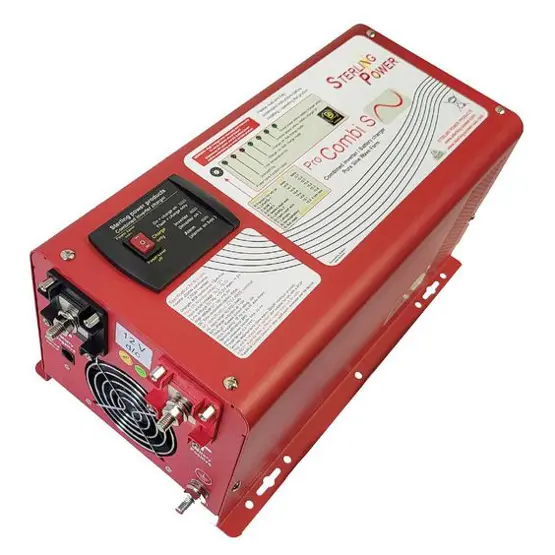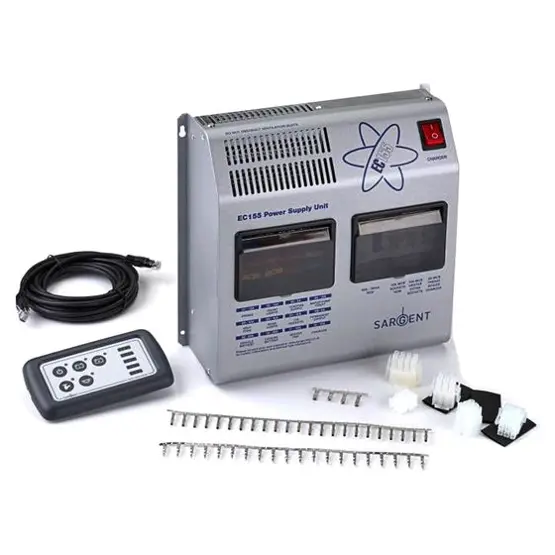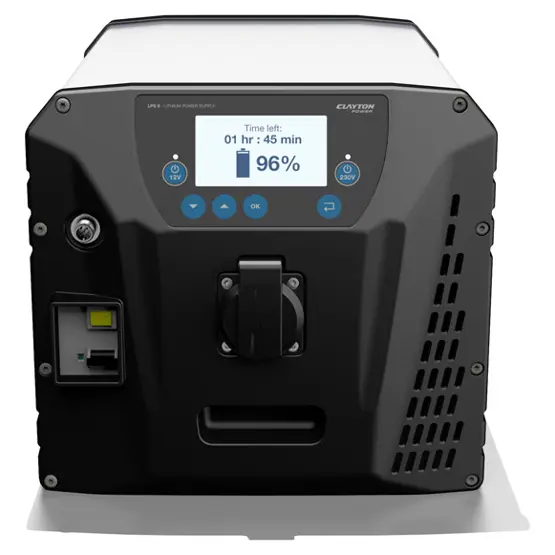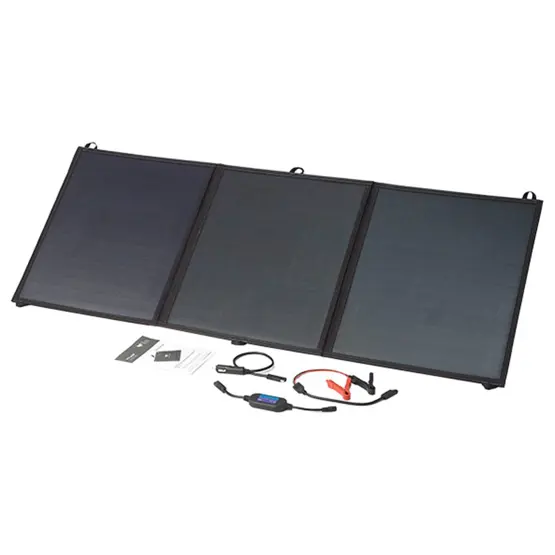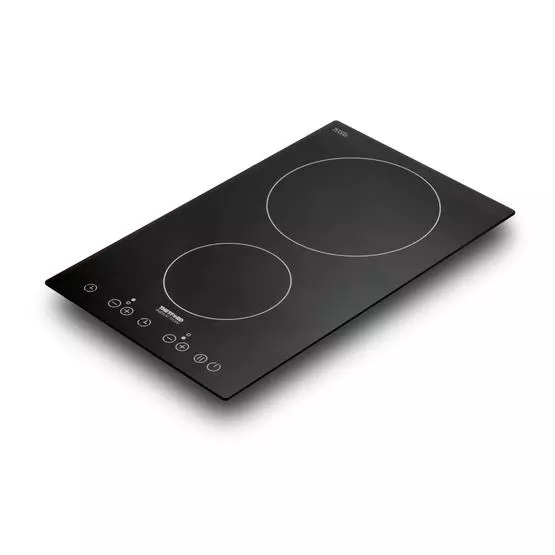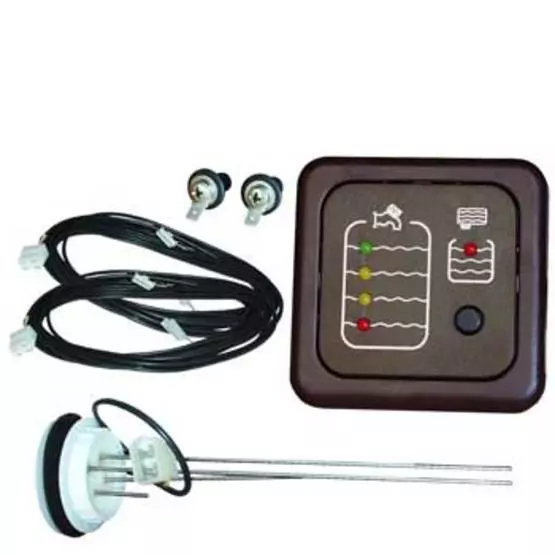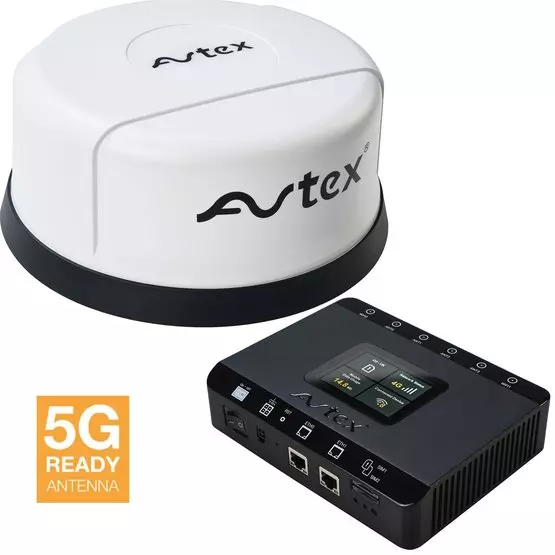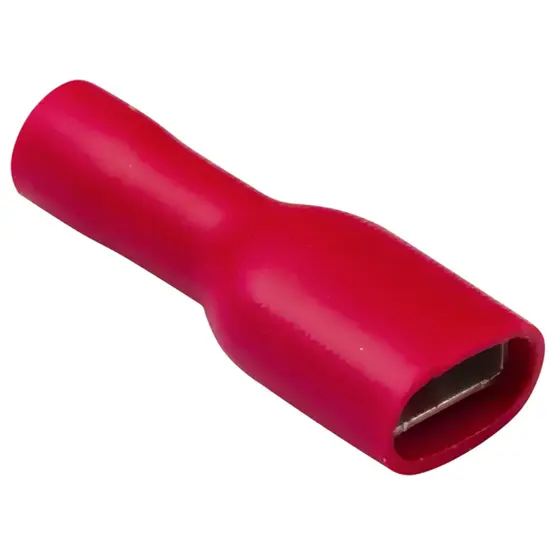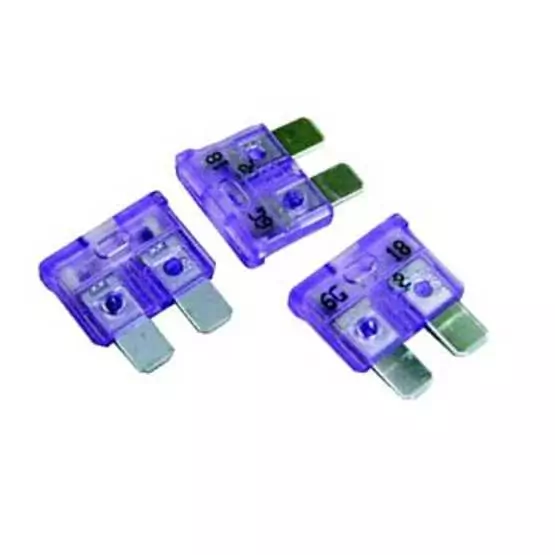Frequently Asked Questions About Campervan Conversion Electrics
A basic campervan electrical system requires a leisure battery (100-200Ah AGM or 100Ah lithium), DC-DC battery charger rated 20-40A for alternator charging, 12V fuse box with circuit breakers, battery monitoring system with shunt, switches and sockets for lighting and USB charging, appropriate marine-grade cabling sized for current load and distance, and overcurrent protection devices. Advanced systems add MPPT solar charge controllers, pure sine wave inverters, and 230V consumer units with RCD protection. Ensure all 230V installations are signed off by a professional electrician to comply with BS7671 regulations and insurance requirements.
Calculate daily power consumption by auditing all electrical loads: LED lighting (1-3A), compressor fridge (average 4-8A over 24 hours), water pump (8A intermittent), fans (1-3A continuous), and device charging (2-5A). Multiply total amp-hours by desired autonomy days. For lithium LiFePO4 batteries, match calculated capacity as they provide 100% usable power. For AGM batteries, double the calculated capacity since they should only discharge to 50% to prevent damage. Most weekend users need 100-200Ah total capacity, whilst full-time users typically require 300-600Ah depending on appliance selection and usage patterns.
Cable sizing prevents dangerous voltage drop and fire hazards in mobile environments. LED lighting uses 1.5mm² cable for runs under 5 meters, 2.5mm² for longer runs. Compressor fridges require minimum 4mm² cable for runs under 3 meters, up to 10mm² for longer distances due to high inrush currents up to 60A. High-power inverters need 25mm² cable for 1000W systems, 35mm² for 2000W, and 70mm² for 3000W+ installations depending on distance. Battery interconnects should be sized for maximum discharge current with 35-50mm² typical for 200-400Ah systems. All cable calculations must account for both current capacity and voltage drop - ensure you make the calculations correctly and seek professional electrician sign-off for high-current applications to meet BS7671 requirements.
Euro 6 vehicles use smart alternators with variable voltage output designed for fuel efficiency rather than continuous high voltage output. Traditional voltage-sensitive relays (VSRs) require sustained 13.4V+ to engage but smart alternators typically drop to 12.2-12.8V within minutes of starting to reduce engine load. DC-DC chargers work with input voltages as low as 8V and provide regulated multi-stage charging with absorption and float phases regardless of alternator voltage variations. They also provide proper charging profiles for lithium batteries requiring 14.2-14.6V absorption voltage, whilst protecting the vehicle's electrical system from high current draw during bulk charging phases.
MPPT sizing requires calculating maximum charge current and open circuit voltage. For parallel-wired panels, add amp ratings (e.g., 4x 5A panels = 20A total). For series-wired panels, add voltage ratings (e.g., 4x 22V panels = 88V total). Calculate maximum charge current by dividing total wattage by battery charging voltage: 400W ÷ 14.4V = 27.8A. Choose MPPT rated above calculated values with safety margin - a 100V/30A controller suits this example. MPPT controllers are 20-30% more efficient than PWM controllers, especially valuable in limited roof space applications. Ensure controller supports your battery chemistry with proper charging profiles for lithium or AGM batteries.
Compressor fridges draw high inrush currents up to 60A for 2-3 seconds during startup, causing voltage drop on undersized cables that triggers low-voltage cutouts typically set at 10.8-11.1V. Use minimum 4mm² cable for runs under 3 meters, 6mm² for 3-5 meters, and 10mm² for longer runs to minimise voltage drop. Ensure battery terminals and connections are clean and tight using proper crimped terminals, not twist-on connectors. Check battery capacity can handle fridge's 24-hour consumption cycle - typical 12V compressor fridges consume 40-80Ah daily depending on ambient temperature and insulation quality. Consider dedicated fridge circuits with appropriate fusing and ensure your DC-DC charger or solar system can replenish daily consumption.
Pure sine wave inverters produce clean AC power identical to mains electricity with smooth sinusoidal output, essential for sensitive electronics including laptop chargers, LED lighting drivers, variable speed appliances, and audio equipment. Modified sine wave inverters produce stepped square wave output that causes audible humming in transformers, interference in radio equipment, reduced efficiency in motors, and potential damage to switch-mode power supplies found in modern electronics. Most contemporary devices including phone chargers, laptops, and LED lights require pure sine wave power to function correctly without interference or shortened lifespan. Pure sine wave inverters cost 20-30% more but are recommended for all modern campervan applications.
Yes, lithium LiFePO4 and AGM batteries require significantly different charging profiles. Lithium batteries need 14.2-14.6V absorption voltage, no float charging, and can accept charge rates up to 0.5C (50A for 100Ah battery). AGM batteries use 14.4V absorption, 13.6V float voltage, and maximum 0.2C charge rate (20A for 100Ah). Lithium batteries require integrated BMS (Battery Management System) protection and compatible chargers - using AGM settings can cause dangerous overcharging, thermal runaway, or fire. AGM batteries are more tolerant of charging variations but suffer permanent damage if discharged below 50% regularly. Ensure all charging sources (DC-DC chargers, MPPT controllers, mains chargers) are programmed for correct battery type - have professional electrician verify system compatibility and safety before energising lithium installations.
Solar requirements vary dramatically by location, season, and usage. Weekend camping with basic lighting and device charging needs 100-200W solar generating 25-50Ah daily in good UK conditions. Full-time van life with compressor fridge requires 300-600W minimum generating 75-150Ah daily. Winter solar output drops 60-80% due to reduced daylight hours and lower sun angles - 400W summer system may only generate 80-120Ah daily in winter. Partial shading from roof accessories, dirt accumulation, and panel aging reduce output by 10-30%. Consider portable panels as supplementary power during heavy usage periods or for winter travel in northern latitudes with severely limited daylight hours.
Campervan electrical installations must comply with BS7671 Section 721 for motor caravans and BS EN 1648-2 for 12V systems. 12V DC installations can be DIY with proper competence, quality components, and understanding of electrical safety principles including overcurrent protection, proper earthing, and cable protection from mechanical damage. All 230V AC installations including inverters, consumer units, and hookup systems must be installed by qualified electricians and certified under BS7671 to ensure insurance compliance and personal safety. Professional certification through EICR (Electrical Installation Condition Report) is mandatory for commercial use, rental properties, and recommended for complex systems with high-power inverters. Electrical faults are the leading cause of vehicle fires - ensure professional electrician sign-off for any installation exceeding basic 12V lighting and charging circuits.
Accurate battery monitoring prevents costly battery damage from over-discharge and enables optimal energy management in off-grid scenarios. Voltage-based monitoring is unreliable as battery voltage varies significantly under load and changes with temperature. Professional monitoring requires shunt-based systems measuring actual current flow including Victron BMV-712 Smart, Renogy 500A Battery Monitor, and Sterling Advanced Battery Monitor offering Bluetooth connectivity, historical data logging, and precise amp-hour counting. These systems track cumulative amp-hours consumed, charging efficiency, time remaining calculations, and battery health trends. Proper monitoring allows early detection of failing batteries or charging system problems before costly damage occurs, especially important for expensive lithium battery investments.
Common electrical failures include undersized cables causing voltage drop and overheating, incorrectly rated fuses causing nuisance tripping or fire hazards, loose connections creating arcing and hot spots, battery over-discharge causing permanent damage, and incompatible charging systems damaging expensive batteries. Prevention requires proper system design with adequate cable sizing for both current capacity and voltage drop calculations, correctly rated overcurrent protection sized to cable capacity not appliance rating, quality crimped connections using marine-grade terminals, and proper system earthing. Install battery isolation switches within 500mm of positive terminals, use appropriate IP ratings for moisture protection, and ensure all 230V installations include RCD protection. Given electrical faults cause majority of vehicle fires, ensure professional electrician inspection and certification for complex installations to protect lives and insurance coverage.


